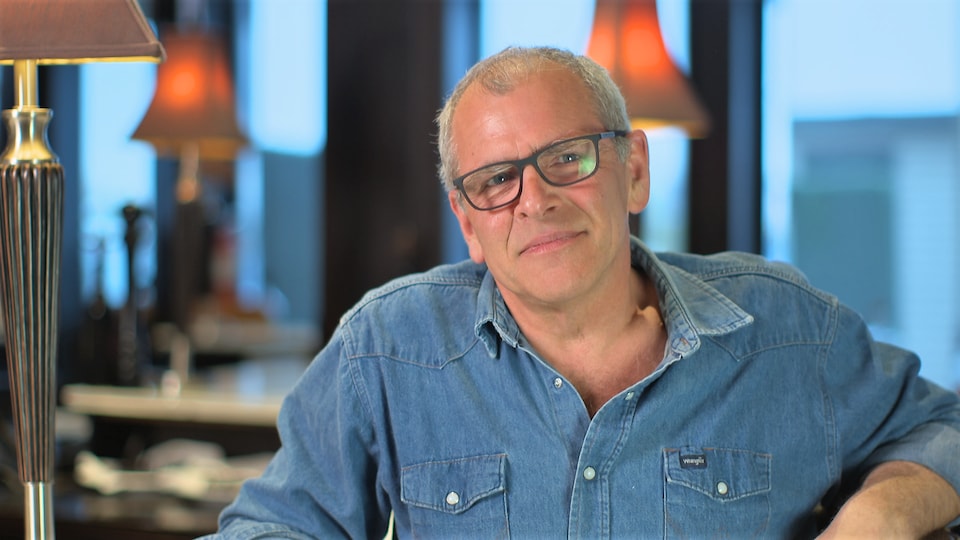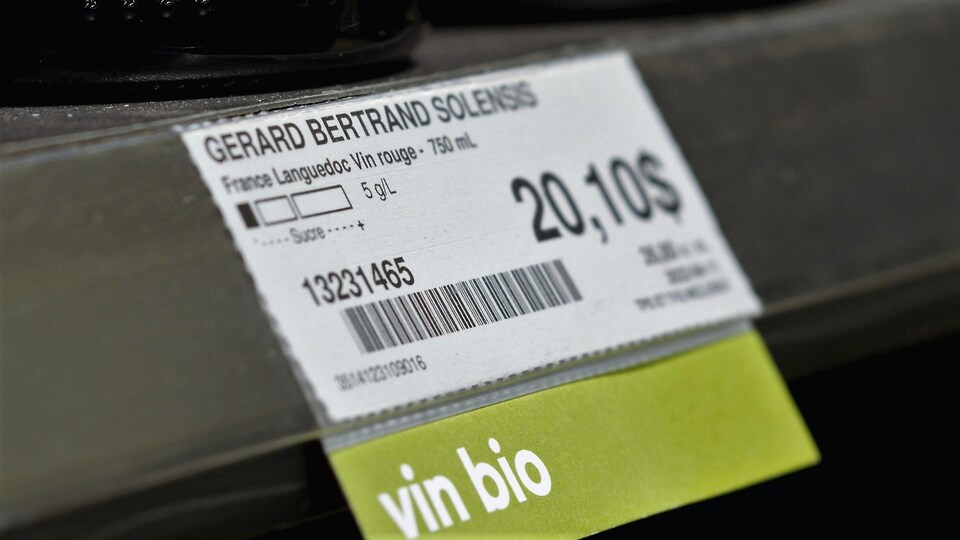Showing residual sugar levels reverses the world of alcohol. In search of healthier products, consumers are carefully reading labels and asking for less sugary alcohol.
But they could be wrong. Because residual sugar is only one indicator to many of the quality of a wine.
The daily columnist Montreal GazetteBill Zacharkiw, was one of the first to put pressure on SAQ to show alcohol sugar levels.
I have met many people who suffer from diabetes, the columnist explains. They drink wines that are very sweet. And they have no idea that wine is sweet. I asked SAQ to follow the LCBO [la Régie des alcools de l’Ontario] which showed the sugar level on its website. I pushed, I think it took a year and a half, and they went a little bit further, they put on labels.
Essential sugar for making wine
The sugar naturally contained in grapes is at the very basis of fermentation, it is the sugar that is converted into alcohol.
Grape juice is made up of fermentable and non-fermentable sugars, explains SAQ chemist and quality director Annie Letendre. Fermentable sugars are, for example, glucose and fructose, whereas non-fermentable sugars are specifically galactose, xylose and arabinose.
Naturally present in fruit, fermentable sugars are converted to alcohol by yeasts. At the end of the process, there is still a residual amount of sugar, commonly called residual sugar.
Wines that are too sweet
And the sugar in the wine, liked by consumers ten years ago, explains the importer and representative of the wine Alexandre St-Pierre, of the Vinicolor agency.
The best-selling wine in Quebec is relatively industrial wine where, at times, such high sugar levels are likely to be desirable and useful for taste. It’s a bit like cooking, when it lacks a bit of flavor, we add a little bit of sugar or a little bit of salt.
The best -selling rosé in Quebec [en 2012-2013] contains 40 grams of sugar per liter, says Mr. St-Pierre. Five years later, the best seller was less than 2 grams per liter!
A major change has taken place in consumer habits: the demand for dry wines has become the norm.
And wine producers have even adapted their products to demand.
Alexandre St-Pierre recalls this false adventure, following the SAQ labeling error: A wine with a sugar content of 2 g/l was presented at 5.7 g/l. Sales have fallen in a few months by 30 to 40%. Once the error was fixed, it took a few weeks, and it returned to normal.
Demand for dry wines is growing
Alexandre St-Pierre states this at the outlets, consumers are asking for white wines of less than 2 g/l and red of less than 4 g/l.
SAQ confirms this trend. But Annie Letendre added a caveat. I hope people are looking for dry wines for personal taste. If you’re just looking for them to lower your calorie count or reduce your sugar intake, it’s not really worth it.
" In a typical 140 ml glass of wine, there are 13 grams of alcohol. Each gram of alcohol provides 7 calories. So in a glass of wine there are more than 90 calories. If I take alcohol with 4 grams of sugar per liter, I will just add a few calories to my glass. "
Sugar and acidity
In fact, the remaining sugar is important for the balance of a wine.
It balances the acidity, says columnist Bill Zacharkiw. The best example is a Riesling from Germany or Niagara, where you will sometimes find 10, 15 or 20 grams of sugar. But if it is not there, the acidity will be so sharp that it will not be drinkable.
I prefer to tell people: drink what you want, concludes Alexandre St-Pierre. Drink well instead of watching the sugar level. You need to choose wine according to what it is, its terroir, its taste and not its sugar level.
Source: Radio-Canada



